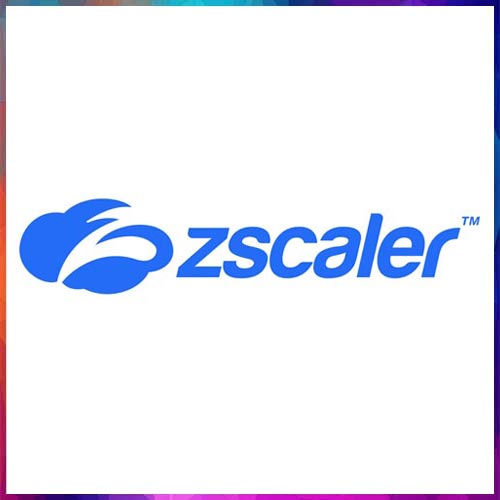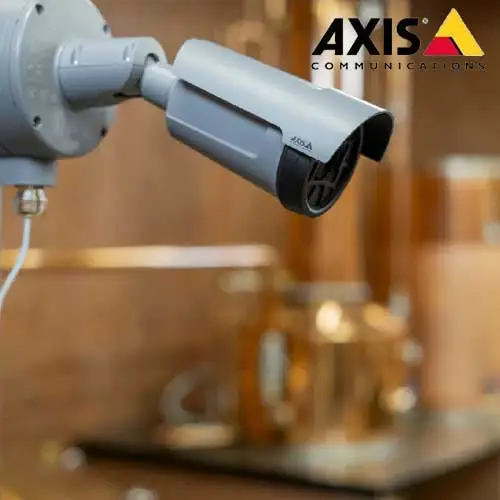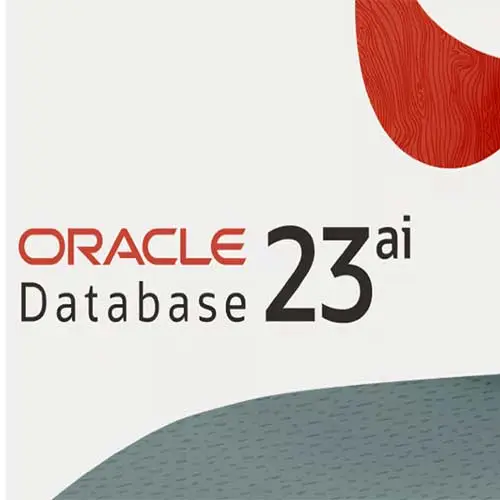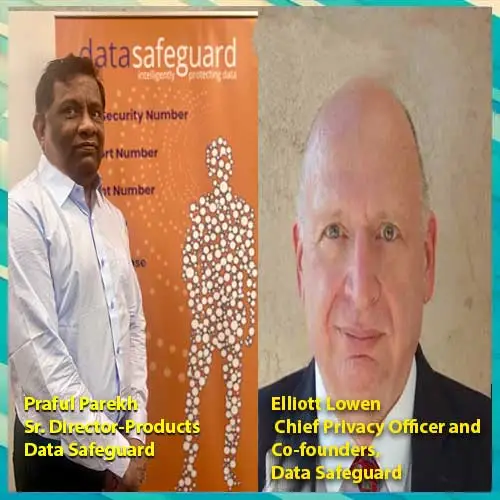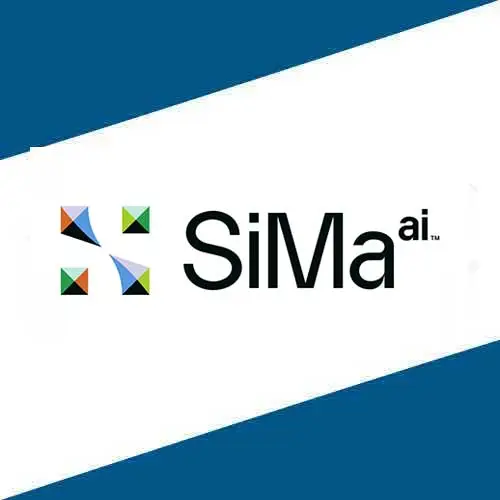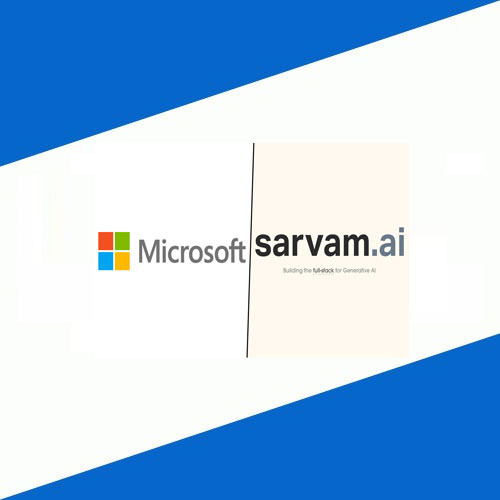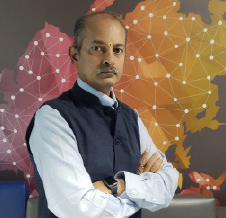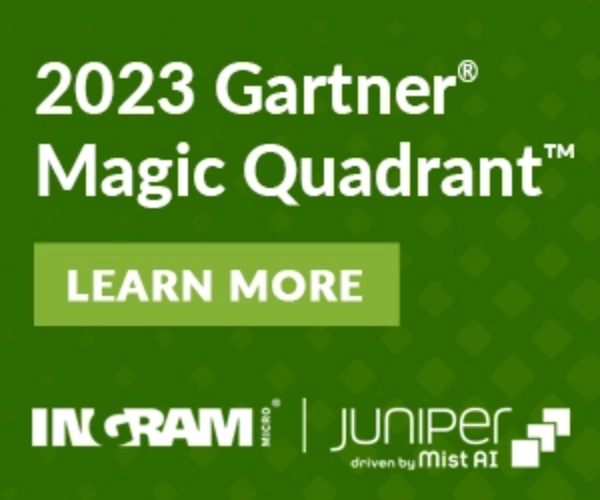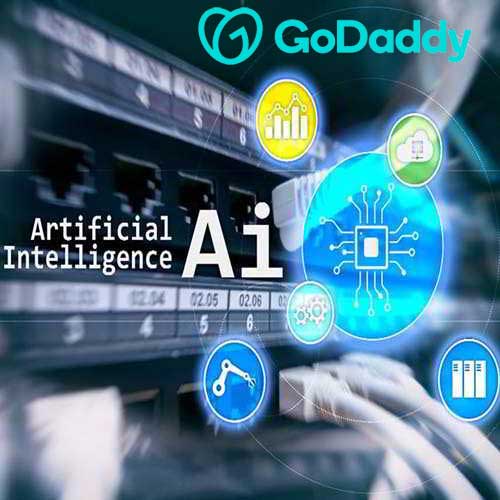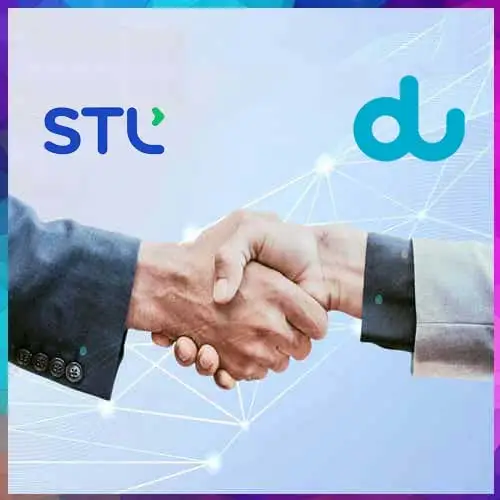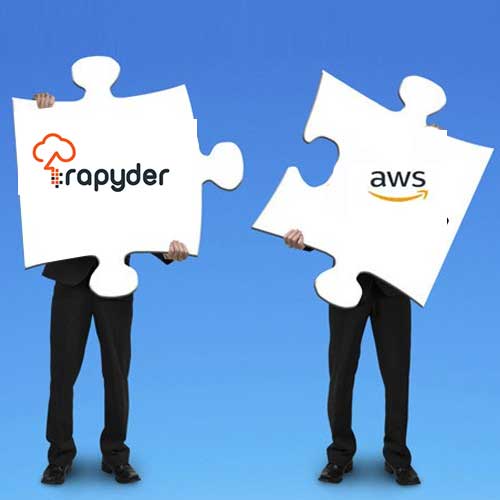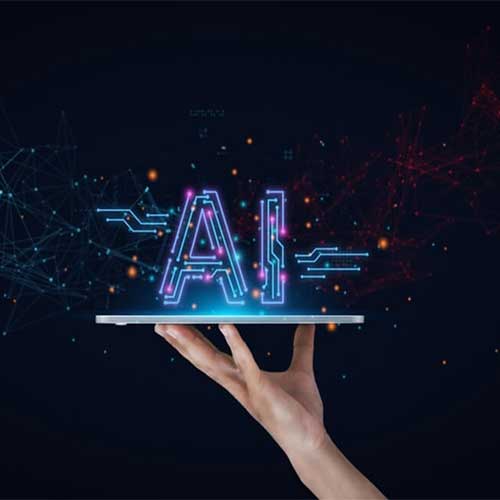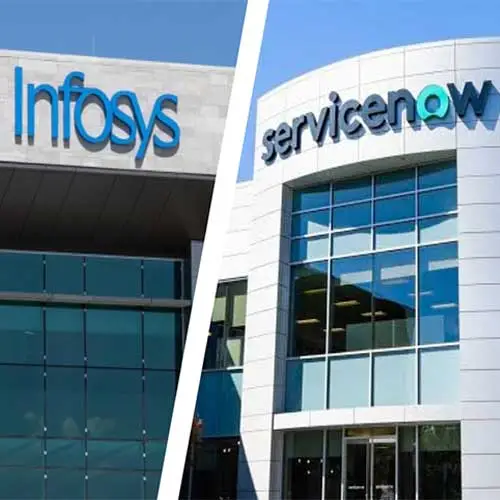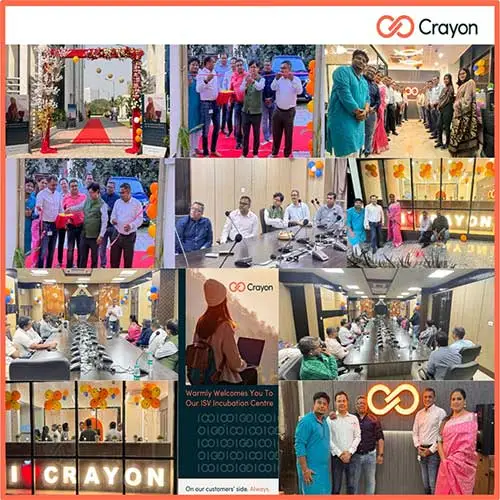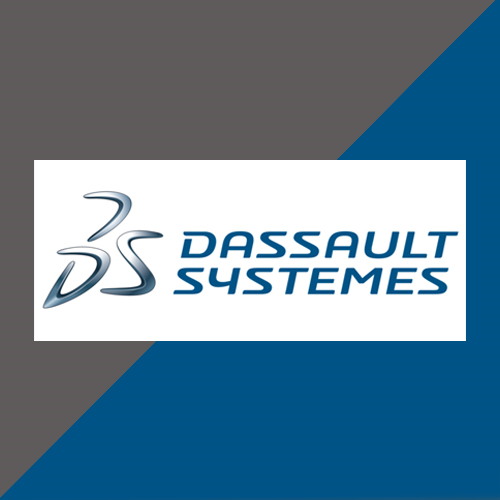CyberArk adopted tools and processes enable employees to shift to remote work seamlessly

Rohan Vaidya
Managing Director – India, CyberArk
Measures adopted: As remote work strategy is being implemented for the long term, distributed IT environments are only going to continue to expand. Adoption of public cloud services, SaaS applications and remote access have dissolved the traditional network perimeter, so authentication and authorisation of all identities become paramount in order to stop the organisation’s critical data and assets being potentially accessible in many more ways than previously possible. Identity becomes the key line of defence for most organisations and the de facto ‘new perimeter.’
Mitigating threat situation: Ransomware is a type of malware designed to infect machines, encrypt files and hold the needed decryption key for ransom until the victim submits the required payment. Ransomware attacks on enterprises and government entities – cities, police stations, hospitals and schools – are on the rise, costing organisations millions as some pay off the attackers to untangle themselves and restore vital systems.
Research by CyberArk Labs has evaluated what mitigation strategies are most effective against ransomware. One of the key findings is that when local administrator rights were removed and application control policies were in place with a solution like CyberArk Endpoint Privilege Manager, 100 percent of ransomware samples were prevented from encrypting files. We also use application grey listing to proactively defend against previously unknown ransomware variants. With a greylisting approach, you can restrict read, write and modify permissions for unknown applications to prevent ransomware from encrypting data. You can also use greylisting to block access to network drives to prevent ransomware attacks from propagating across the enterprise.
Upcoming threat: Video and recordings of executives and business leaders are readily available across marketing collaterals, social media channels, and more. Attackers could coordinate deepfakes from these properties as a strategic follow-on to phishing attempts (which will also move away from email to other platforms like chat and collaboration apps) to make manipulated communications feel even more authentic.
For example, phishing emails spoofing IT asking for passwords are common. Attackers could also use manipulated videos of executive leaders on social channels to entice customers, employees, partners and more to click on malicious links – creating broader new attack avenues for malicious actors.
Safeguarding customers & employees: We at CyberArk have adopted various tools and processes which allow employees to shift from working in designated office spaces to remote work seamlessly. We collaborate with our colleagues across the globe in different time zones and different physical locations to ensure that the best talent is available to work with our customers using various workspace collaboration tools, from Slack to Teams to Webex. Our end devices are secured using combinations of security tools, including Endpoint Privilege Manager (EPM) which allows our employee to work effectively from any location around the globe. Our helpdesk team works round the clock to support our global employees.
See What’s Next in Tech With the Fast Forward Newsletter
Tweets From @varindiamag
Nothing to see here - yet
When they Tweet, their Tweets will show up here.





